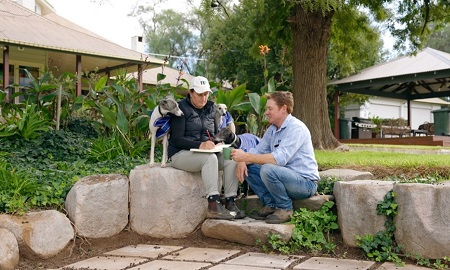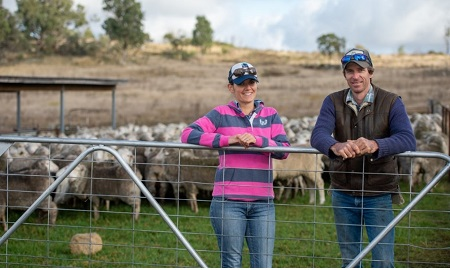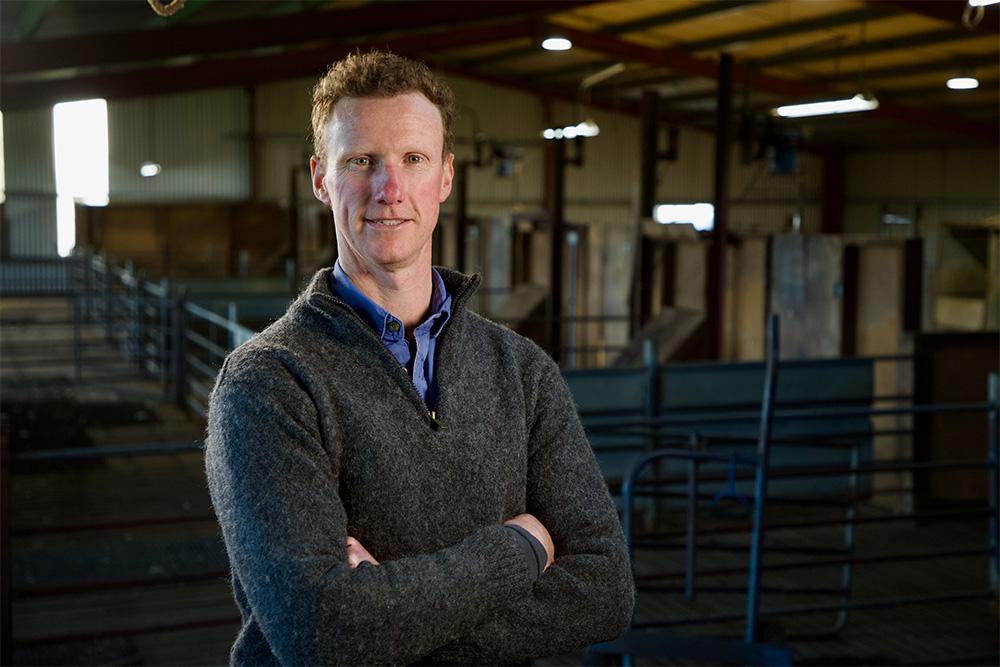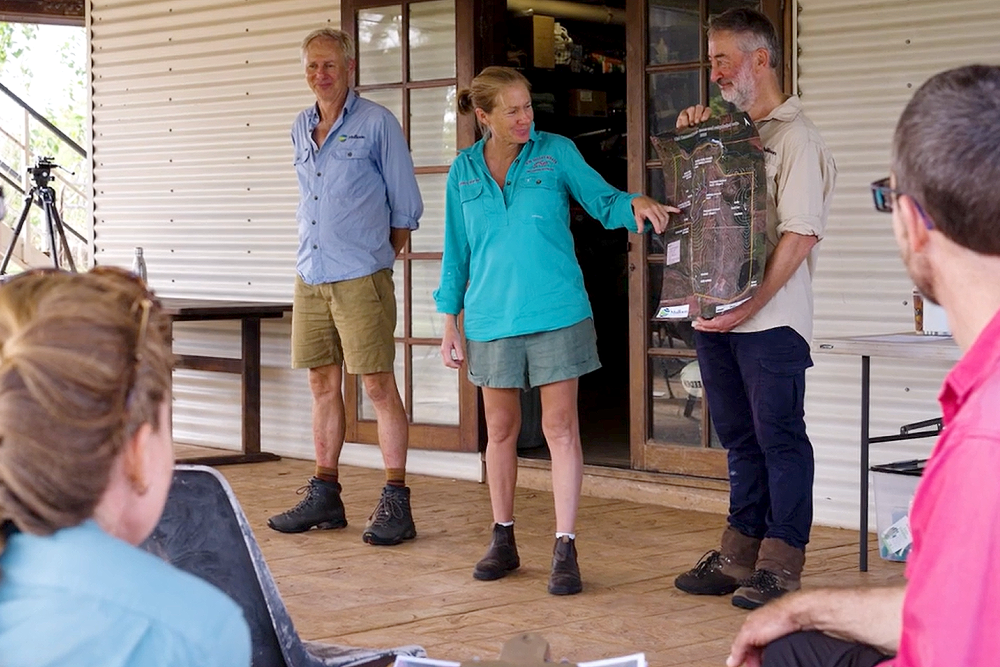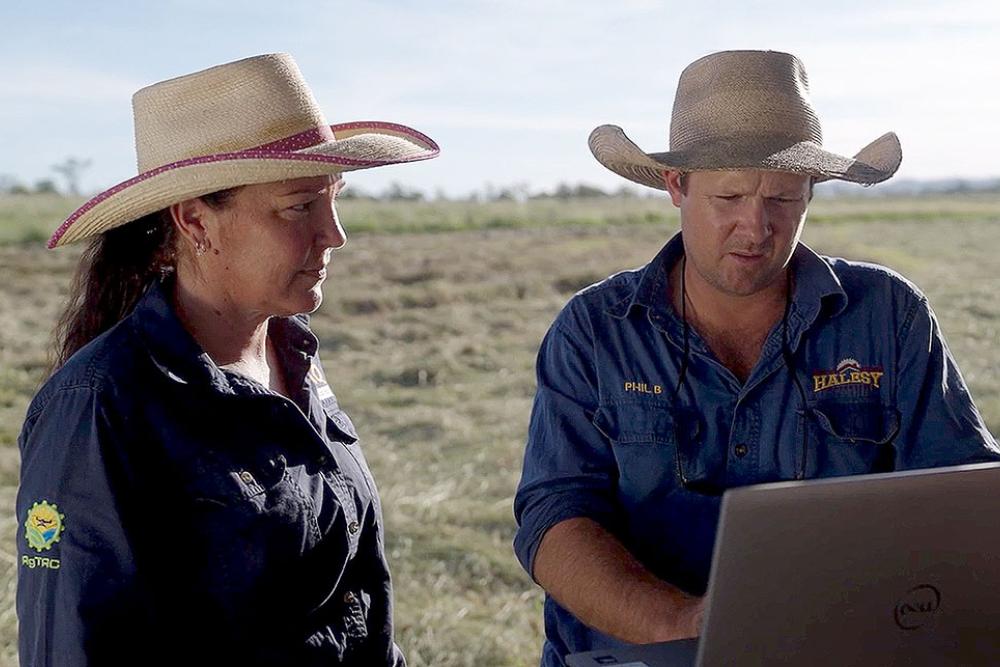The Future Drought Fund’s Farm Business Resilience program supports farmers to undergo intensive one-on-one coaching with an expert business coach, and connects farmers through small-group networks to work through issues together.
Matthew and Cherie Coddington run a sheep, lamb, cattle and cropping farm in Central Western New South Wales and shared their thoughts on the program.
‘Following the last drought, we wanted to get our policies, operating procedures and systems in place.
‘We also have five children, so succession will become quite a key thing in the future.
‘Our [business] coach has held us very accountable. Each meeting brings up issues that we find within the business that we need to address. Out of these meetings comes actions that we have to act upon.
‘Having a group that we have been involved in has helped us lay things on the table and discuss them openly. Together we’re solving these issues and putting systems in place so that we’re better prepared for drought and worse seasons ahead.
‘Farm business resilience to me means being able to adapt to change. By developing better confinement feeding systems, we aim to retain our core breeding stock.
‘Because we are a seed stock merino stud producer, we need to maintain our breeding genetics and improve our carrying capacity while looking after our landscape in drought.
‘Everything’s better structured and planned, rather than being reactionary. We’ve recently purchased more properties.
The earlier you start planning for the long term, the better off you’ll be.’
Rachelle Hergenhan and Derick Schneider own 3 farming properties located throughout regional New South Wales.
‘Although we both grew up on farms and we’ve been around farming our whole lives, we had to be able to manage our farm business in an economically responsible way.
The program was appealing because I wanted to get a better understanding of our financial information.
‘We didn’t have a good handle on the nitty-gritty of the finances and how to use the information we’ve got to make decisions for improving our business.
‘Business coaching has helped with our long-term business goals – distilling down what we’re trying to achieve. For me it’s about how we can manage our farms so that both of us don’t have to work off farm.
‘Participating has helped me to see the bigger picture.
‘I’m more positive and can see the opportunities rather than just the bottom line.
It’s given me confidence to say, actually, we can grow our farm business, we can be more resilient moving forward and there is still capacity to achieve what we want to and make the best life for ourselves and our kids.’
Find out more about the Farm Business Resilience Program in your state.

